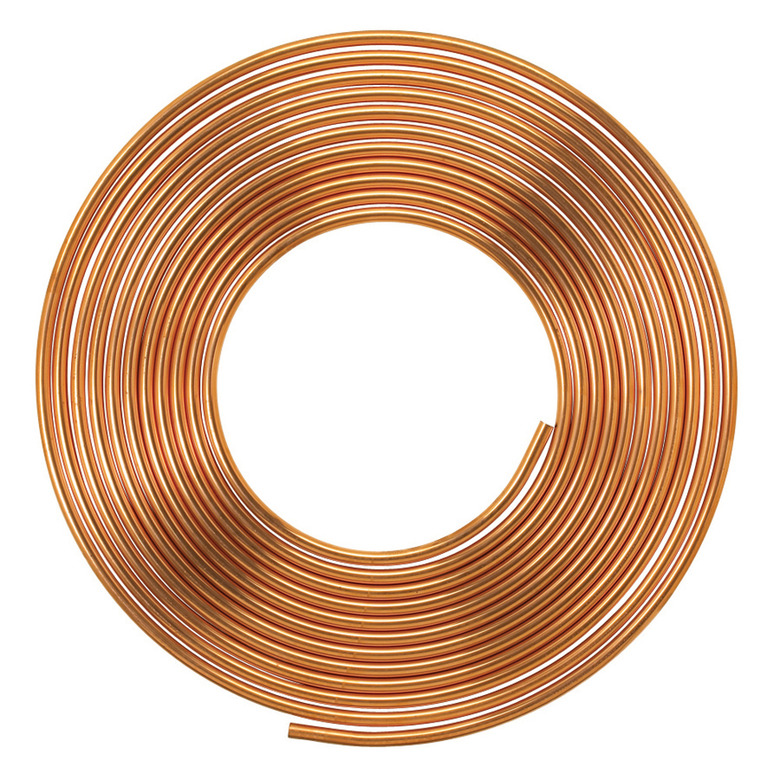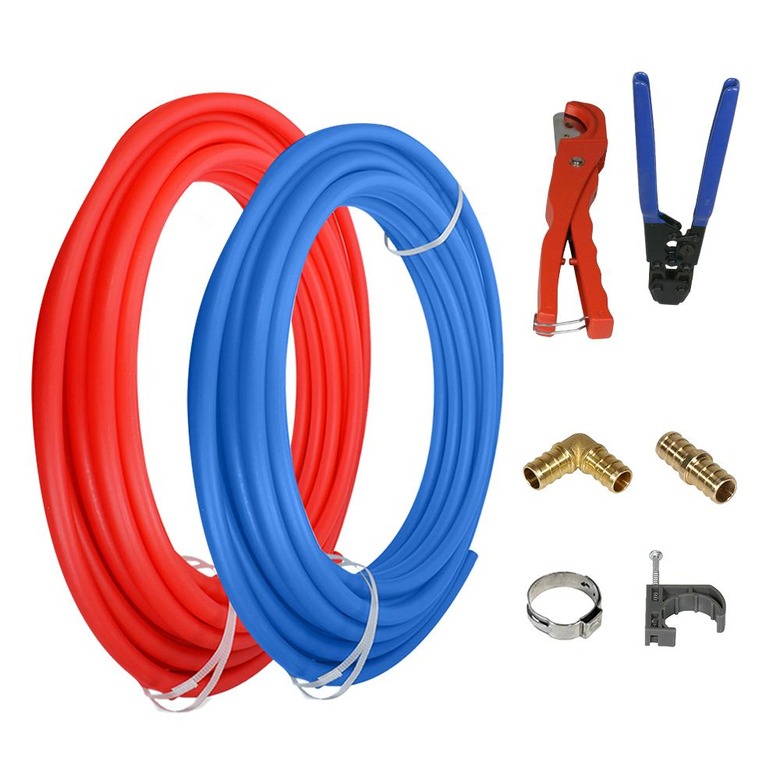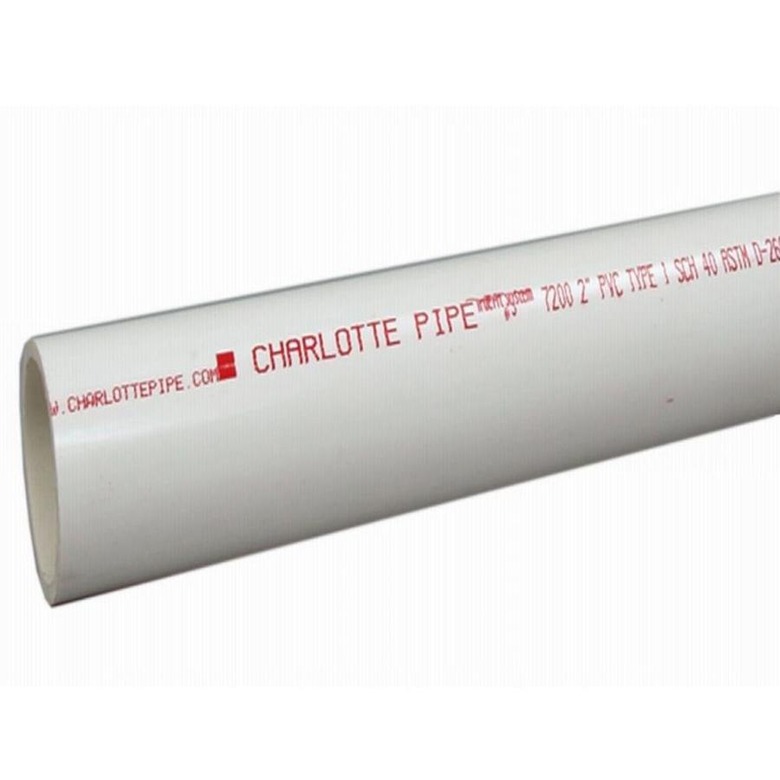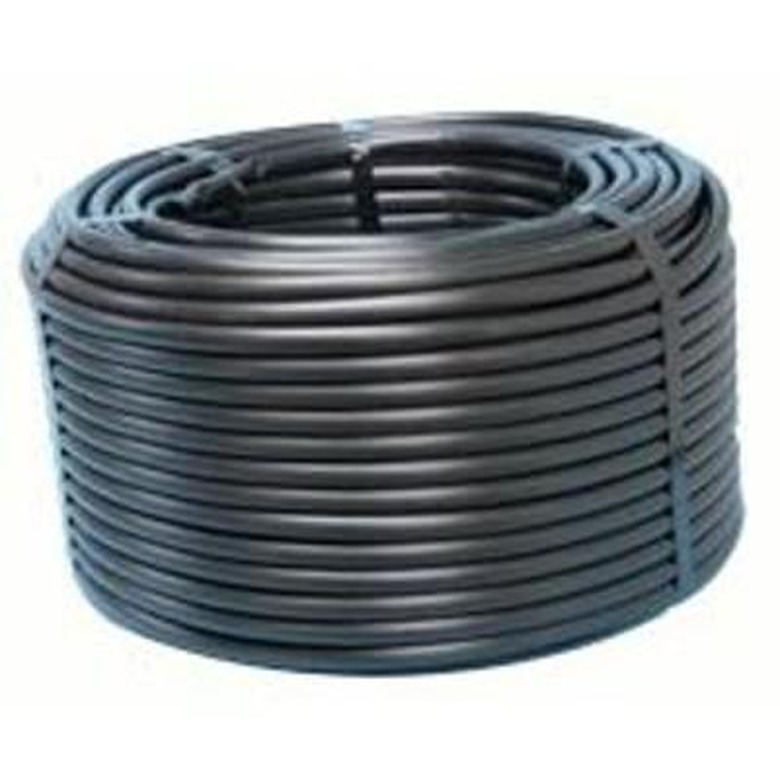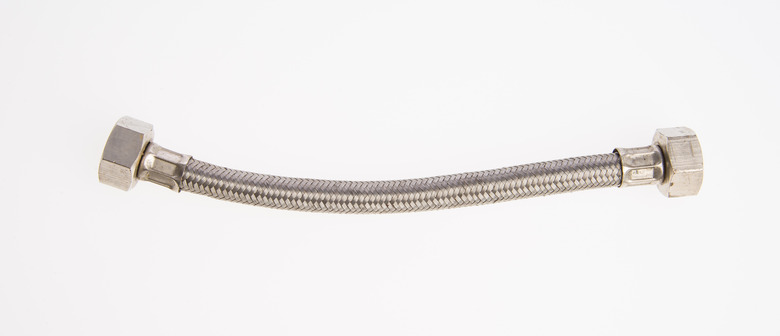A Homeowner's Guide To Plumbing Pipes
On the subject of plumbing pipes, most people think about the water supply pipes that bring water to the faucets, toilets and appliances as well as the drain pipes that bring the dirty water away. This makes sense, since supply and drain piping usually comprises the great majority of all the plumbing in a home. But most homes contain other applications or plumbing pipes, as well. The plumbing pipes you might not think of include gas piping for gas appliances and irrigation plumbing for sprinkler systems and other outdoor irrigation.
In the old days, all plumbing pipe was metal. Today, much of it is plastic, which is cheaper and easier to work with. But metal still has its place for specific applications (and budgets).
Copper
Copper gets to go first because it's still the gold standard for water supply piping. Available in rigid pipe and flexible tubing, copper never rusts (although it does dissolve, very gradually), and a well-executed soldered joint can last for centuries. In most homes today, copper is used for indoor water supply pipes, in 1/4-inch to 1-inch sizes. Rigid copper is used for all main and branch water supply lines, while flexible copper tubing is generally reserved for hooking up refrigerator water dispensers and ice makers.
Rigid copper comes in various grades, based on the thickness of the material. The type most commonly used in homes is Type M, the thinnest grade. Next is Type L, which is thicker and more expensive. Type K is the thickest and typically is not used for home plumbing.
Copper comes with two significant drawbacks: cost and installation. It is many times more costly than plastic pipe alternatives, and it is traditionally (and still very commonly) joined with flame-soldered fittings, which take a lot of practice to get right. Copper also can be joined with push-fit fittings (such as SharkBite). These require no soldering but can add significant cost to large projects.
PEX
PEX is a plastic water supply tubing made of cross-linked polyethylene. It is relatively flexible and can turn corners with a bend rather than an elbow or T-fitting, which all rigid pipe requires. PEX is joined with metal fittings that are secured with crimp rings. That means no soldering or gluing. It also works with push-fit fittings.
PEX is suitable for cold and hot water lines anywhere in the house, although certain connections (such as to a hot water heater) require special fittings or unions. Specific types of PEX tubing also may be designed for outdoor use and for in-floor hot-water heating systems. If you're planning a new house or a major plumbing project, chances are that the relatively low-cost and ease-of-installation of PEX will make your decision a no-brainer.
PVC
PVC, or polyvinyl chloride, pipe is the familiar white plastic pipe that's used for drains (and drain vents) in most modern homes. It's dirt-cheap, cuts as easily as pine and assembles in seconds with solvent glue. For sink drains, toilet drains and tub/shower drains, there really aren't compelling reasons to use anything other than PVC. It can also be used for cold water supply piping, but this application is generally limited to basic stuff like outdoor showers or sinks. In warm climates, PVC also is used for sprinkler systems. PVC is not rated for hot water and technically should not be exposed to sunlight, but painting it helps protect it from UV degradation.
PVC comes in two standard grades: schedule 40 and schedule 80. Schedule 40 is thinner and is the standard grade used in residential construction. Schedule 80 is more commonly used in commercial and industrial applications.
CPVC
Chlorinated polyvinyl chloride (CPVC) pipe is similar to PVC pipe but it has a higher temperature rating so it is suitable for hot water supply lines. Before PEX was big on the scene, older homes with rusted steel water pipes often were updated with CPVC, and it's made its way into a fair number of new homes as well. Like PVC pipe, CPVC is typically joined with solvent-glued fittings, but it can work with push-fit fittings and can interface with PEX and metal water piping using appropriate connectors.
ABS
ABS (acrylonitrile butadiene styrene) is black plastic pipe that is very similar to PVC and is used in the same applications—primarily for drain and vent piping. ABS is very inexpensive and connects with solvent-glued fittings. The choice between ABS or PVC often comes down to which material is widely sold in your area and which is allowed by the local code authority (rules about their use vary, seemingly for no particular reason).
Galvanized Steel
Many homes built up through the 1950s have galvanized steel water supply piping, and by now, much of that piping should be pretty well clogged with corrosion on the inside. You can't tell there's anything wrong with steel pipe until it breaks (also from corrosion) or until extremely low water pressure indicates severe blockage. Galvanized steel pipe has threaded ends and is connected with threaded fittings. For repairs, you can replace old pipe and fittings with the same new materials, or you can transition to CPVC, copper or PEX, using appropriate junction fittings to make the transition.
Black Steel
Black steel, or black iron, pipe is used exclusively for gas piping. Like galvanized steel, it has threaded ends and fittings. Unlike galvanized steel, black steel is still the standard for new construction and repairs and remodeling. Most black steel piping in a home is for main and branch supply runs that bring the gas supply close to gas appliances. For the connection between the rigid black steel pipe and the appliance, a flexible gas-line connector is used.
Cast Iron
Older homes may have cast-iron pipe and fittings for large drain and vent piping—namely, the vertical main vent rising through the roof and the main drain that leaves the home on the way to the sewer or septic system. It is expensive, heavy and hard to work with. It is rarely used in new construction and remodels, but it may still be required in specific applications, such as where a drain pipe runs under a foundation footing. Repairs or replacement of cast-iron pipe and fittings should be made with PVC parts, making the transition with a rubber-sleeve-type coupling.
PE
Polyethylene (PE) pipe is flexible black plastic tubing sold in long rolls. It is most commonly used for supply piping in sprinkler systems and drip-irrigation systems, although some homes have PE pipe for the main water supply line into the house. It is not approved for use inside a house (beyond the main supply shutoff valve). PE pipe is very easy to work with and can be buried or simply laid on the ground with or without cover. It is connected with metal or plastic barbed fittings and metal clamps.
PE pipe comes in a few common grades, or thicknesses, indicated by the pipe's pounds per square inch (psi) pressure rating: 80 psi and 100 psi are the thinnest grades and are the most common type used for sprinkler and irrigation piping; 160 psi pipe is recommended for water supply piping serving homes, outbuildings or yard hydrants and for irrigation systems with water pressure exceeding 60 psi.
Flexible Connectors
Flexible connectors (sometimes called water supply tubes) include a wide range of connecting pipes and hoses for hooking up water and gas supplies to various fixtures and appliances. Most connectors have a male or female compression fitting at each end for connecting to a shutoff valve (on the water or gas supply pipe) at one end and to the fixture or appliance at the other end. Washing machines, dishwashers, hot water heaters and ranges all use flexible connectors (when appropriate). The shutoff valves for toilets, sink faucets and other fixtures also are connected with flexible connectors.
Materials for water-supply connectors include braided steel (with a rubber interior), smooth or corrugated copper or steel, rubber and vinyl. Gas-supply connectors typically are corrugated stainless steel with a protective yellow coating. When choosing a flexible connector, make sure it is the proper size (both the tubing and the end fittings) and is approved for the application. Also, buy the best-quality connector available; cheap connectors are more prone to leaking, with potentially disastrous results.
